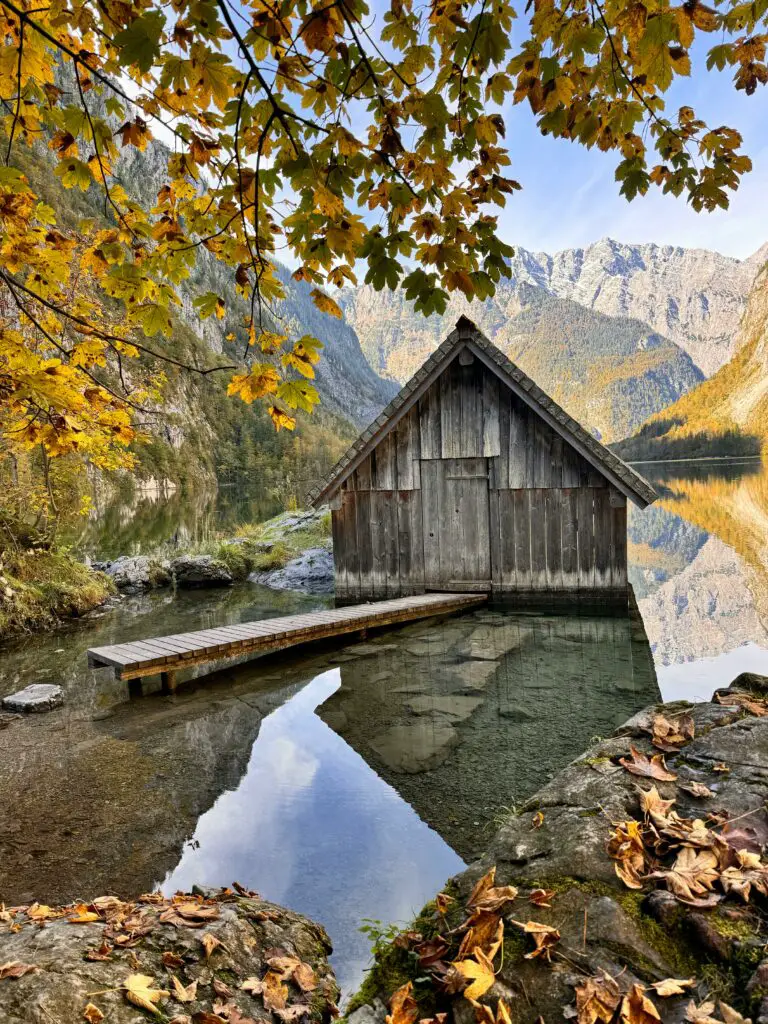Many believe real estate investing requires a lot of cash upfront, but that is not always the case. While having capital helps, there are plenty of ways to build wealth in real estate without a massive budget. Therefore, this guide explores practical and proven ways to break into real estate investing, even on a tight budget.
Investment Strategies for Building Wealth with Limited Funds
Real Estate Investment Trusts (REITs)
(REITs) are companies that own, operate, or finance income-producing real estate across various sectors, such as residential, commercial, and industrial properties. Therefore, investing in REITs allows individuals to gain exposure to the real estate market without owning physical properties. This approach can be more accessible and cost-effective, especially for those with limited capital.
WallStreenZen’s go-to sites can be valuable resources for investors interested in REITs. They have insights into market trends, financial metrics, and performance forecasts, aiding investors in making informed decisions about which real estate stocks align with their investment goals.
Research Local Markets for Profitable Opportunities
Look for undervalued properties in up-and-coming neighborhoods before prices rise. Local government websites, economic reports, and real estate platforms can provide valuable insights into future development plans and zoning changes that may impact property values. In addition, analyzing historical market trends can help you identify cycles and make well-timed investment decisions.
Attend Real Estate Meetups and Industry Events
Attending local real estate meetups, industry conferences, and property auctions can help you connect with experienced investors, realtors, and lenders. These professionals often have access to off-market deals, creative financing options, and insider knowledge that can give you an edge.
Many investors are willing to share insights and strategies with newcomers, especially those willing to learn and contribute.
Leverage Financing Options
Traditional loans, such as Federal Housing Administration or Veterans Affairs loans, allow buyers to secure properties with low down payments, making them ideal for those who qualify. Seller financing is another option, where the buyer negotiates directly with the seller to make payments over time rather than relying on a bank. It can reduce upfront costs and provide more flexible terms.
Further, crowdfunding has become a popular way to invest in real estate, especially for people without access to traditional loans. Online platforms pool money from multiple investors to purchase properties, allowing individuals to own a fraction of a real estate asset without the responsibility of direct ownership.
This method lowers the barrier to entry and offers exposure to developments that would typically be out of reach for small investors. Unlike traditional real estate, where transactions take weeks or months, crowdfunding platforms provide a streamlined process with lower capital requirements.
Build Relationships with Local Real Estate Professionals
Developing strong connections with realtors, property managers, and contractors can provide inside access to good deals and market insights. Real estate agents often have early knowledge of distressed properties or motivated sellers looking to close quickly, offering an advantage over traditional buyers. In addition, property managers can provide insights into rental demand, tenant expectations, and operating costs.
Further, networking with contractors and home inspectors can help you estimate renovation costs and avoid overpaying for fixer-upper properties.
Stay Updated on Market Trends and Economic Indicators
Understanding market news, housing reports, and policy changes can help you anticipate shifts that may impact property values and financing options. Therefore, subscribe to real estate newsletters, follow industry experts, and monitor financial news to stay informed about trends that could create opportunities or risks in your target market.
Explore Creative Investment Strategies
For example, rent-to-own agreements provide a path to ownership by allowing tenants to lease a property with the option to buy it later. A portion of the rent often goes toward the purchase price, reducing the need for a large down payment. This approach benefits buyers and sellers—buyers can lock in a price while improving their financial standing, and sellers attract committed tenants who may eventually purchase the property.
Another strategy is a subject-to-deal, where an investor takes over an existing mortgage while the loan maintains the seller’s name. Instead of securing new financing, the investor makes payments on the original mortgage, often in exchange for a small upfront amount to the seller. This method is beneficial when dealing with distressed homeowners looking to offload their property quickly.
Start with Affordable Property Types
Investing in real estate does not always require you to purchase expensive properties. Fixer-uppers provide an opportunity to buy undervalued homes, renovate them, and sell or rent them at a higher price. Investors who can identify homes needing cosmetic or structural improvements can significantly increase their value with strategic upgrades.
While fixer-uppers require upfront renovation costs, they often lead to high returns if purchased below market value and improved efficiently.
Mobile homes and tiny houses present affordable alternatives with investment potential for those looking for even lower-cost options. These properties require less capital than traditional homes while generating rental income or resale value.
Wholesaling offers another way to profit from real estate without owning property. Wholesalers secure contracts on undervalued properties and assign them to other investors for a fee. Since they do not purchase the property, wholesalers avoid financing and renovation costs, making it a low-risk entry point into real estate investing. Success in wholesaling depends on market knowledge and strong networking skills to find motivated sellers and interested buyers.
Partner with Other Investors
Joint ventures allow multiple investors to combine funds and expertise to purchase properties that might be out of reach individually. Partnerships can have some investors contribute capital while others handle property management or renovations. By sharing responsibilities and profits, joint ventures provide a strategic way to reduce risk while expanding an investment portfolio.
Real Estate Investment Groups (REIGs) offer another way to collaborate with experienced investors. These groups operate like small investment firms, where members contribute funds to purchase and manage properties together.
Unlike joint ventures, where partners are directly involved in decision-making, REIGs often have a management team handling operations. This setup allows passive investors to gain exposure to the real estate market while leveraging the experience of seasoned professionals.
Conclusion
Success in real estate comes down to strategy, not starting capital. Investors who find creative ways to finance deals can move forward without waiting to save a large sum, often securing properties through unconventional methods that reduce upfront costs.
In addition, understanding the market and forming the right connections creates an even greater advantage, opening doors to undervalued properties and off-market deals that would not be available otherwise.
















